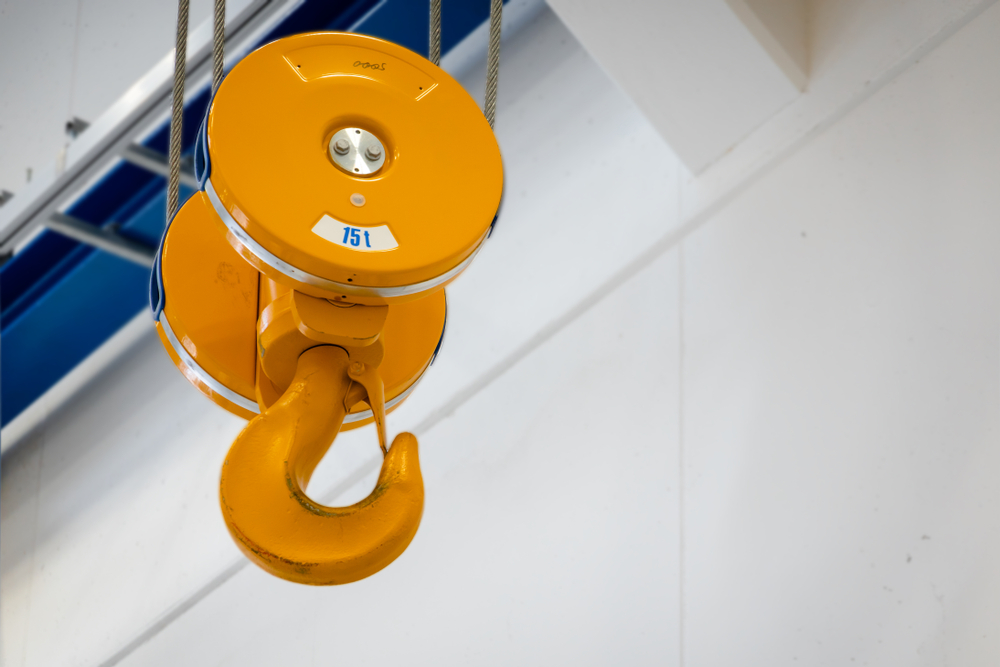Your hoist is the most important part of keeping your overhead crane in tip-top working order. But in order to keep it that way you always need to be on the lookout for the following issues:

Abrasion is an extremely common issue with the hoists on overhead cranes mainly because it is a very subtle process. It is often the result of poor lubrication which causes vulnerable areas of your hoist, such as chains, wire, joints and any other moving parts to be damaged. The best way to spot abrasion is to look for shiny surfaces that indicate two surfaces rubbing together. Looking for these signs is an important task to include in your hoist overhead crane inspection checklist.
Corrosion is a problem that often sneaks up on you, especially in wetter environments and anywhere near an ocean. A small spot of rust or corrosion can indicate deeper and more serious problems with corrosion under the surface. It might not immediately impact the performance of your hoist, but it will lead to electrical shorts, a loss of strength, and even a complete failure of the hoist itself. Bottom line: If you see rust, you should have an in-depth overhead crane inspection immediately.
Anytime that your overhead crane gets heavy use, it is easy to overlook this issue. When you work with any chain-based hoist system, heavy loads can crush, crack or otherwise damage the chain itself. This is one of the reasons why you must have a practice of inspecting your chain for defects often. Do not allow your operators to skip this step because damaged chain links can easily lead to the chain snapping, putting both employees and equipment at great risk.
On the surface hooks seem to be unbreakable. They are constructed of solid metal, so what can possibly go wrong? Plenty. A hook used in an overhead crane is designed to hold the weight of a load in a specific manner and in an exact direction. If either of these are slightly out of alignment, a load–especially a heavy one–can bend the hook or weaken it. If this happens too often, the hook may even break off, causing the load to be lost and (again) putting your employees and equipment at extreme risk. Carefully examining the hooks for warping or cracks should also be a part of your routine overhead crane inspection checklist.
With over 20 years of experience, our service technicians have extensive experience diagnosing and making hoist repairs. We know what to look for and how to fix it. If you suspect there might be a problem with one of your hoists, give us a call (toll-free) at 1-888-984-4668 or fill out our quick solution form to talk to an hoist expert today.